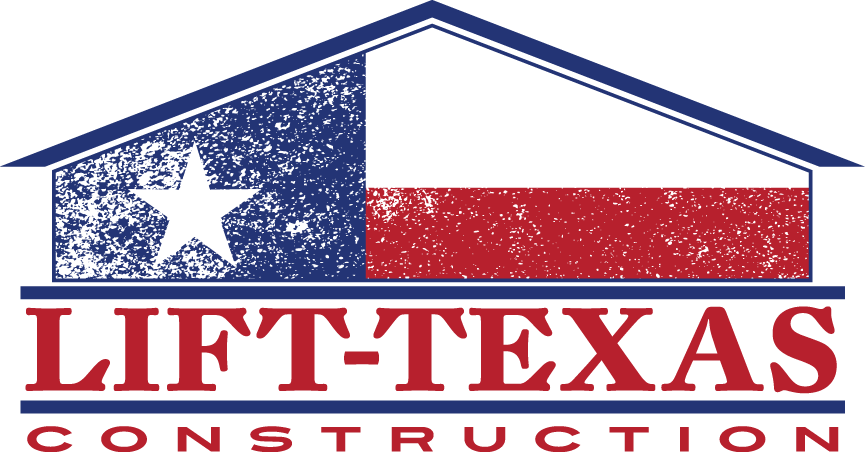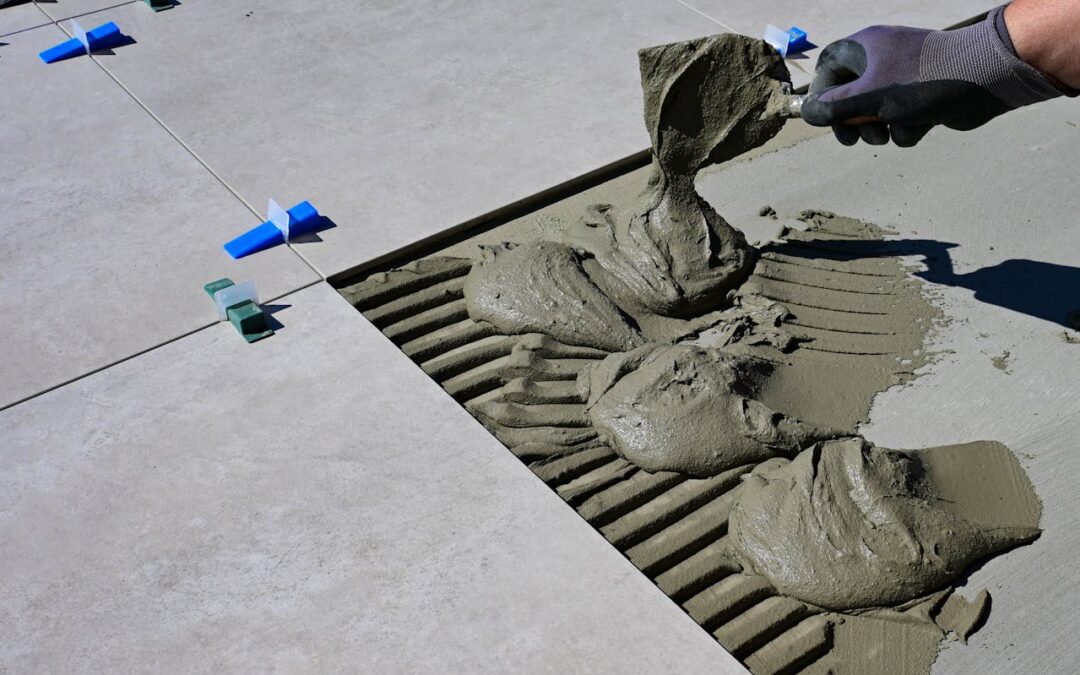When a concrete slab starts to shift or sink, it rarely gets better on its own. Over time, uneven slabs can cause problems that spread across a home. Floors may slant. Doors might stop closing right. Walls can crack. In places like DFW where changes in moisture and soil are common, slab problems aren’t rare, they’re something many homeowners eventually face. That’s why slab leveling is more than a fix for uneven surfaces. It’s a way to stop deeper issues before they take over.
Slab leveling works by lifting sunken sections of concrete back into position. But doing this the right way takes more than a good idea or a basic repair. It takes experience, planning, and the right tools. If ignored too long, small surface shifts can turn into major structural problems. And those are much harder to reverse.
Why Slabs Become Uneven Over Time
Slab movement doesn’t start overnight. It builds after months or even years of soil shifting beneath the surface. Here in Texas, that’s especially true in areas with clay-heavy soil. This type of ground expands when it soaks up water, then shrinks when it dries out.
- After a long, dry summer, too much rain can suddenly soften the soil and cause it to drop
- Drought followed by storms is a common pattern that leads to unstable conditions
- Tree roots can also push against slabs slowly, adding more pressure from the outside
Even homes that were built solid can show signs over time. Settling is normal to a point, but when floors tilt or cracks form and grow, it often means the slab has begun to sink unevenly. These changes might seem small at first, but they add up. And when that happens, it’s no longer just a cosmetic issue.
Lift-Texas Construction uses high-density polyurethane foam injection and custom lifting techniques to address sunken slabs and help prevent structural problems in DFW homes.
The Risks of Waiting Too Long to Address a Slab Issue
It’s tempting to wait and see if a problem gets better, especially when it feels like something small. But ignoring a sunken slab rarely works out. With each season, soil pressure keeps changing. That puts more stress on an already uneven surface.
- Over time, the house frame can shift, leading to damage in walls, ceilings, and foundations
- Gaps may open where your slab separates from surrounding structures
- Rainwater can collect under low spots and seep into cracks or nearby spaces
Heading into winter, that added moisture becomes even more of a concern. In colder weather, wet soil shifts more dramatically. That’s why late fall is a smart time to stay alert. If your slab is already dipping, added movement during this time of year can do even more damage.
Why Professional Help Matters
Slab leveling requires more than patching gaps or trying to even things out. It’s a structural fix that calls for the right mix of experience, tools, and planning. Every property is different, and the soil underneath the slab often works in ways that aren’t obvious from the surface. That’s why bringing in trained help isn’t just a good idea, it’s necessary.
- Professionals know how to spot underlying soil gaps that make a slab unstable
- We use equipment that lifts slabs with precision, without adding more damage
- The goal isn’t just to make the floor look flat again, it’s to stop further movement
Trying to handle slab leveling without the right tools or knowledge can make things worse. If the slab is lifted unevenly or too quickly, nearby sections may crack. A careful inspection and stable support plan are key, especially with soil movement being so common here in North Texas.
Techniques Used in Modern Slab Leveling
Modern slab leveling uses methods built to work in all kinds of conditions. One of the most common approaches is polyurethane foam injection. This method fills gaps under the slab with expanding foam that lifts the surface without heavy digging or wait times.
- Foam can be directed exactly where the lift is needed
- It works well for smaller voids under sidewalks or home slabs
- The material hardens fast and supports the slab without leaving hollow spots
Other methods might be chosen depending on the soil type or how far the slab has dropped. Heavier fill or different anchoring methods may be used if the conditions call for it. The main point is that no method fits every situation. That’s why professionals assess the setup before choosing what works best for that home and soil.
When to Schedule an Evaluation
The signs of a sinking slab can sneak up on you. One day everything feels fine. A few weeks later, your front door sticks or you spot a crack that wasn’t there before. These moments are good reminders to get things checked instead of waiting for things to settle.
- New cracks around doors or windows
- Floors that dip or creak in certain sections
- Concrete patios or walkways that feel uneven or unsafe
With November weather edging toward colder rain and soil shifts, fall and early winter are ideal times to catch issues. Waterlogged soil during these months can move fast and deepen any problems already forming. Waiting too long may mean the next freeze expands the issue more than expected.
Our team customizes slab leveling solutions for DFW homes and commercial buildings, offering minimally invasive foam lifts and expert guidance on long-term stability improvements.
A Smarter Foundation Starts with Level Ground
Slab leveling might sound like a surface fix, but what’s really being addressed is something much deeper. When the base of a structure shifts, everything above begins to feel it. Floors, walls, ceilings, they all rely on a stable slab to stay secure and safe.
Acting early can keep those problems smaller and simpler to solve. Especially before DFW weather brings another round of winter rains and temperature swings, it’s smart to pay attention to any changes around your home’s floors. The sooner uneven concrete is checked by someone who knows what to look for, the better your chances are of keeping your home safe, steady, and ready for whatever the next season brings.
Slab movement rarely settles down on its own, especially during the winter months in DFW. Noticing changes in your floors or concrete surfaces is a sign that it’s time to address the issue before more damage appears. Our approach to slab leveling is built around the unique soil and weather patterns we experience throughout North Texas. At Lift-Texas Construction, we’ve spent decades helping homeowners keep their properties stable and secure. Give us a call to schedule a professional inspection today.

